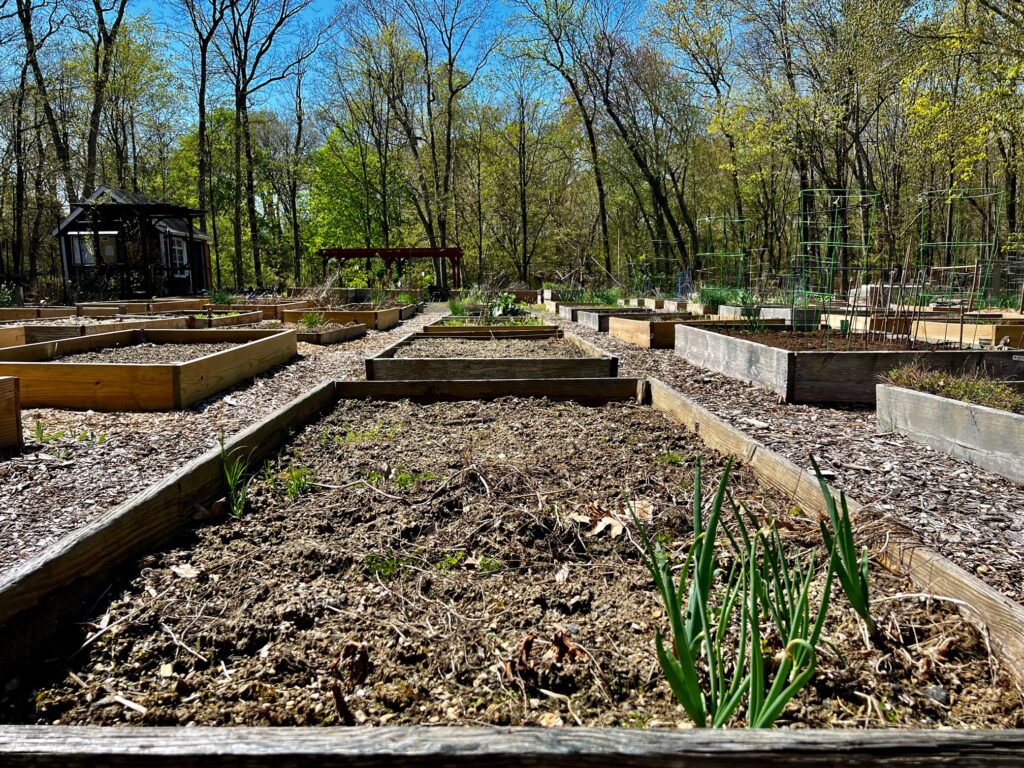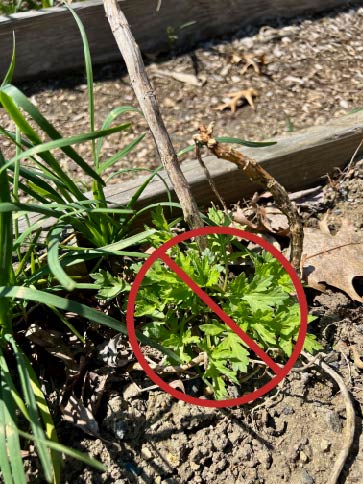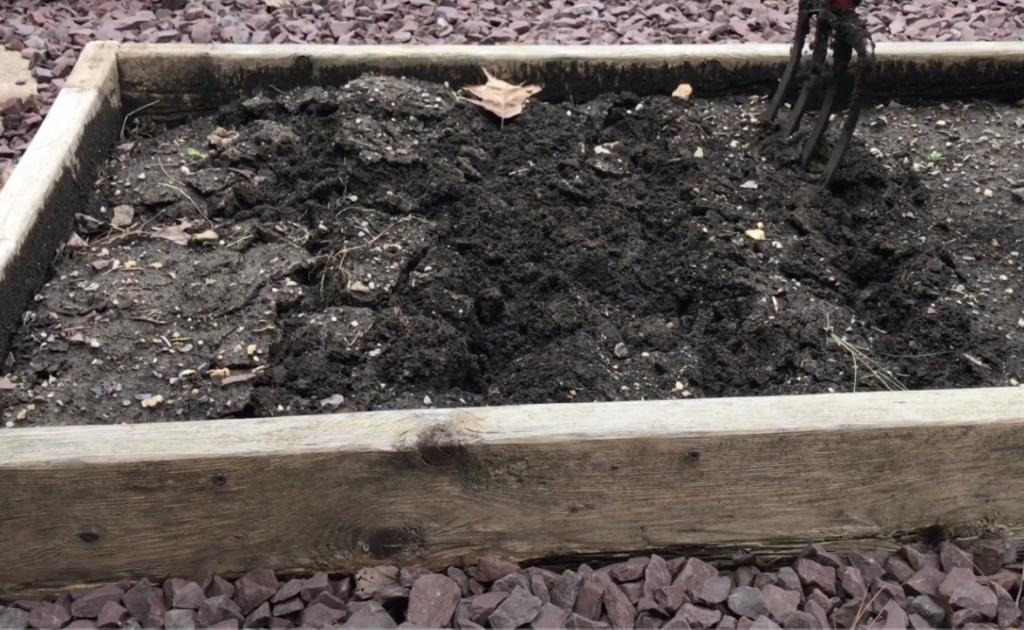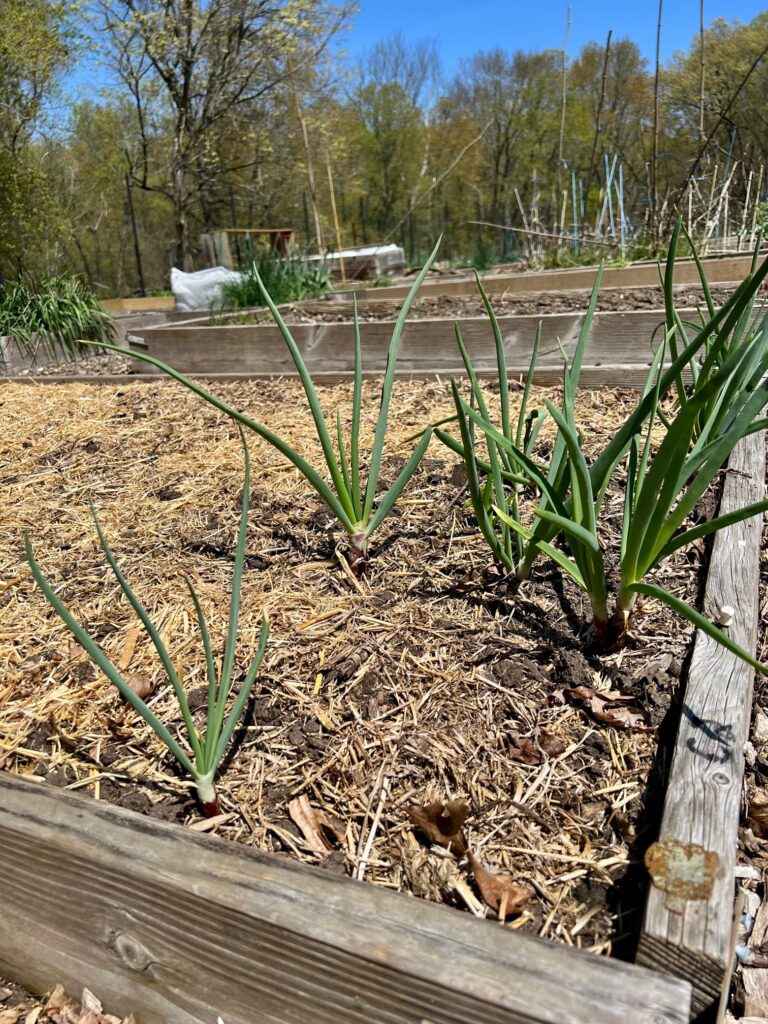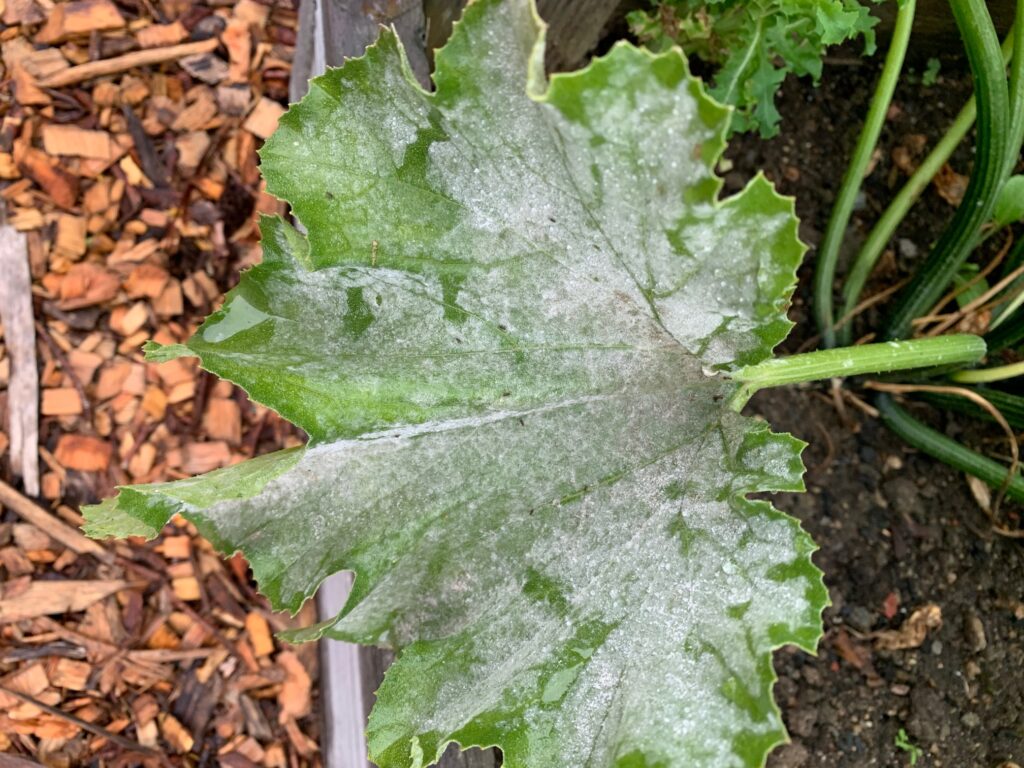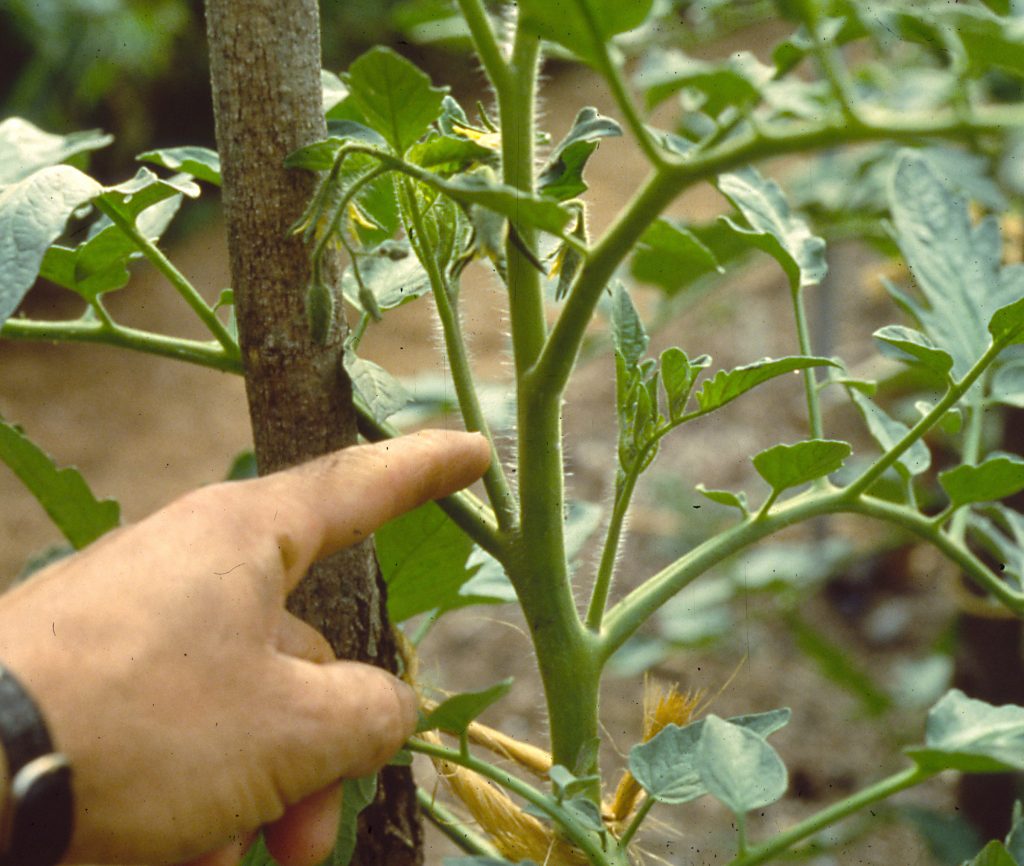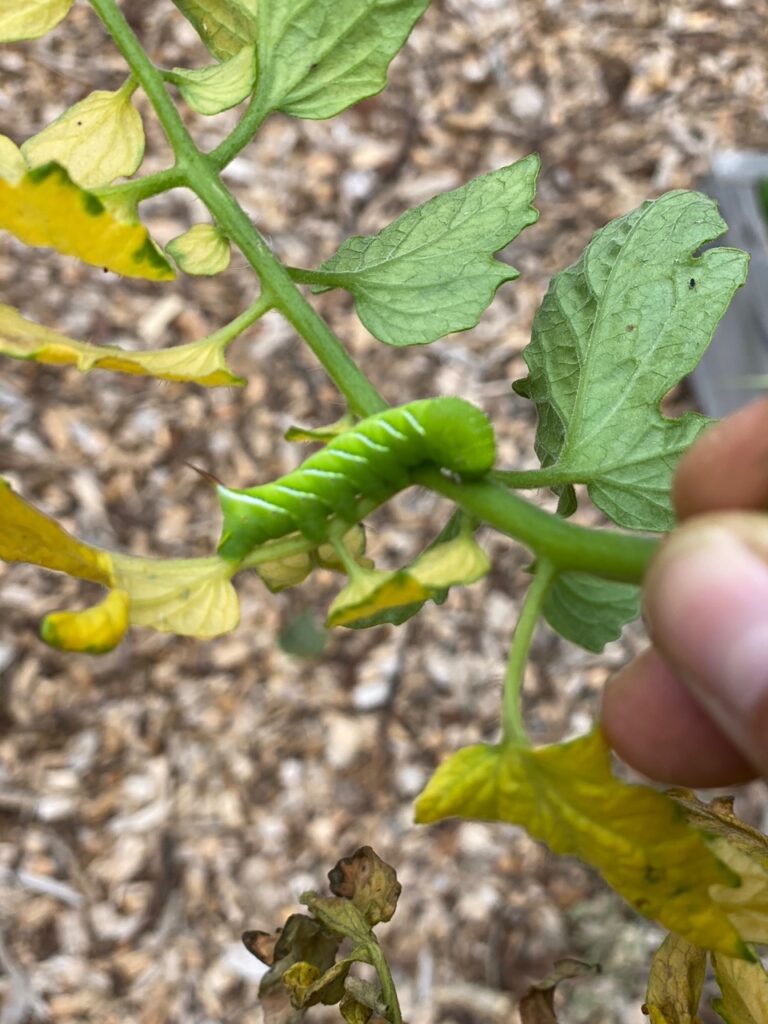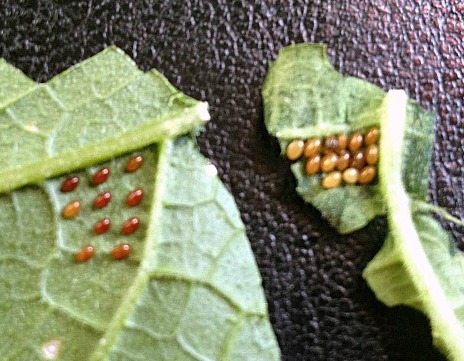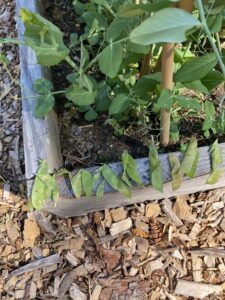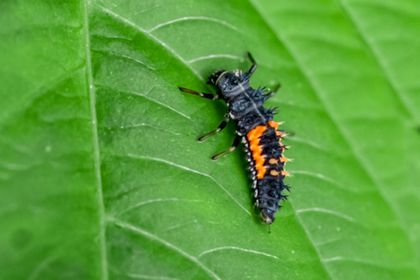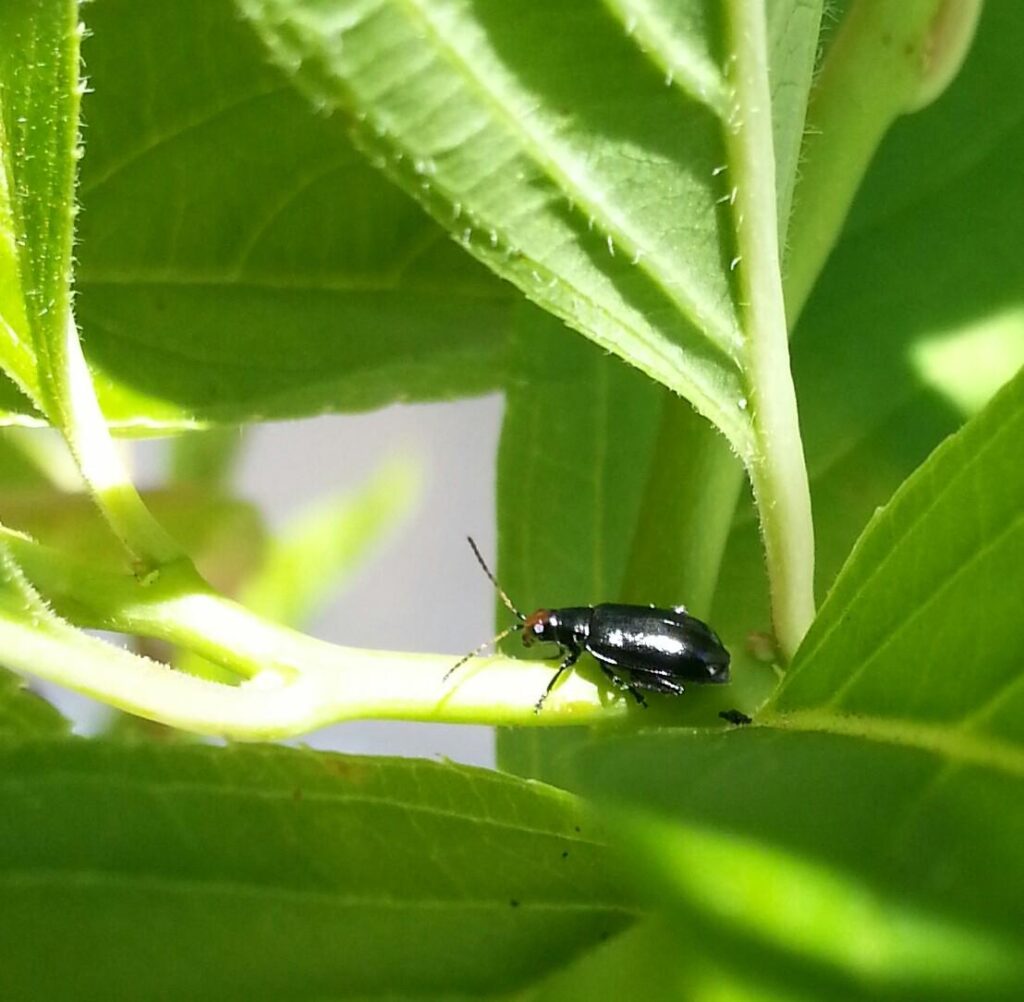Bible Street Community Garden’s Health Team recommends a few simple steps before you plant.
1. Remove any weeds. For obvious reasons. Weeds compete with your plants and usually don’t taste as good.
2. Do NOT turn your soil. Turning the soil breaks the soil’s structure and disrupts the microbial processes that are happening down there in the dark that work to feed your plants. If the soil in your bed is compacted, aerate it by using a garden fork to gently lift the soil. Simply push the fork 6-8″ into the soil and lift slightly. This will open up the structure of the soil and allow air, water and nutrients to reach down into your bed. Be sure not to step on your bed!
The Garden has received a load of topsoil mixed with 50% compost and this is a perfect addition to add to the top of your bed. An inch of topsoil is plenty to spread evenly over the top.
3. Add a cover of shredded leaves or seedling hay to mulch your bed and keep it from drying out. When you are ready to plant simply use your trowel to gently move the soil aside and plunk your plant into the space you’ve created. Pat the soil back around the plant to make sure you get good contact between the roots and the soil.
4. Go talk to the other gardeners and find out what they’re planting in their beds and get ideas. Have you started your tomato seedlings yet?

